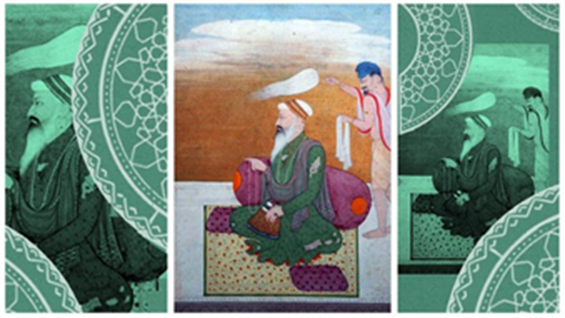Free Courses Sale ends Soon, Get It Now


Free Courses Sale ends Soon, Get It Now



Copyright infringement not intended
Context: Prime Minister greeted the people on the occasion of the Parkash Purab of Sri Guru Ramdas Ji.
Details:
https://www.pib.gov.in/PressReleasePage.aspx?PRID=1866640
© 2024 iasgyan. All right reserved